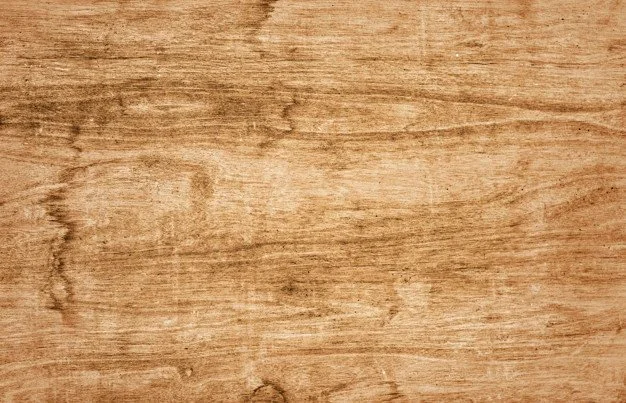
What Is the Difference Between a Stain and a Glaze?
When you are adding the more aesthetic touches to your home’s newly remodeled kitchen, especially where the cabinets are concerned, you may have the option of choosing a stain or a glaze. While these two finishes have similar chemicals, they do have two different effects on your kitchen cabinetry. To help you better understand what it means to either stain or glaze the items in your new kitchen, the experts at Striking Remodels by Bell have put together an overview of what each finish means.
Stain
Stains are akin to a thin paint, but the colorant is suspended or dissolved in order to accentuate or cover the grain of wood. There are three primary ingredients in a stain: the solvent, the binder and the pigment, and the mixture is heavy on the pigment (or dye). Stains need to be stirred before every usage because there are solids in the mixture that will separate when the stain sits. When applied, stains are absorbed by the wood, giving a smoother, uniform look to your cabinets.
Glaze
Glazes contain the same kind of additives as stains, but there is much more pigment or dye and very little or no binders. Additionally, when a glaze is applied, it sits on top of the paint or stain of the cabinet rather than penetrating the wood as a stain does, highlighting the crevices, grain, nooks and crannies of the wood itself. Glazes are often used to create a distressed look on furniture or cabinets, so if this is a look you appreciate and want in your remodeled kitchen, you’ll want to look into glazes a little more.
There are lots of options when it comes to beautifying your newly remodeled kitchen ? so many that it can be a little overwhelming. If you need help with your kitchen remodel in Denver, CO, call the people you can count on: Striking Kitchen and Bath by Bell.
